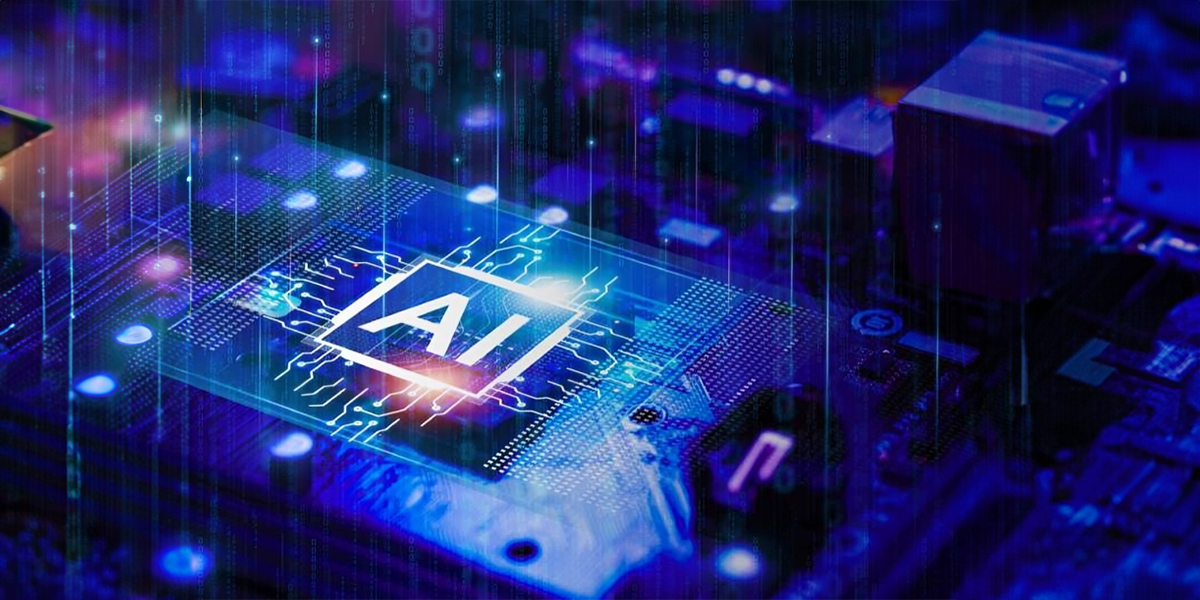By Damodara “DP” Battula, Principal Cloud Architect and Lead Data Scientist
The world of Artificial Intelligence (AI) can feel like a complex maze of technical jargon and specialized terms. Concepts like "deep learning" and "neural networks" get tossed around in conversation. “AI,” “ML,” “LLM,” “GenAI” – it’s a veritable acronym soup that can leave many federal professionals wondering, what does it all mean?
Truth is, understanding AI is no longer a luxury for government personnel—it’s become a necessity. AI has the potential to revolutionize the way government programs operate, but navigating this new landscape requires a foundational understanding of its core principles.
Through “AI in Plain English,” Unissant offers a roadmap through the AI maze. We'll focus on the core principles, empowering you to move beyond the jargon and see how AI can revolutionize your agency.
Let's begin by exploring the fundamental components that make AI tick: data and training.
Filling the AI belly: It’s all about the data
Data is the nutritional fuel AI systems need to learn and grow. The more data an AI model has access to, the better it can learn patterns, identify relationships, and ultimately perform its intended task.
Olympic athletes know they aren’t going to win the competition if they exist on a diet of potato chips. No, they need a balanced diet with plenty of nutritional elements to win the competition. Similarly, AI systems need a “nutritional” approach to data.
- A balanced diet: Just like a healthy diet requires a variety of food groups, good training data for AI incorporates different data types. For instance, an AI designed for medical diagnosis might need a mix of patient records, medical images, and research data to learn effectively.
- Quality ingredients: Clean, accurate, and up-to-date data is like using fresh, high-quality ingredients. This ensures the AI can make reliable predictions and classifications. Imagine training an AI on blurry or mislabeled medical images – its ability to diagnose illnesses would be severely hampered!
- The right fuel for the task: Different AI tasks require different types of data, just like our bodies need specific nutrients for different activities. An AI for image recognition thrives on a "diet" of vast amounts of labeled images, while a system for natural language processing needs a steady stream of text data to function well.
- Continuous nourishment: An athlete needs regular meals to maintain energy levels and fuel performance. Similarly, AI models require a continuous flow of data to refine their abilities and improve performance over time. The more data they process, the more accurate and effective they become.
By providing AI with the right data diet, we can ensure it flourishes and achieves its full potential, just like an Olympic athlete.
Training the AI brain: understanding algorithms
Now that we understand how data fuels AI systems, let's explore how they actually learn. New jargon alert: algorithm. An algorithm is a set of step-by-step instructions that tells a computer how to perform a specific task—i.e., how to process specific data. These are complex mathematical formulas that allow the AI to identify patterns, make predictions, and perform tasks. There are different types of algorithms, but two prominent ones are:
- Machine learning: These algorithms allow AI to learn from data without explicit programming. Imagine an athlete training for a race by analyzing countless hours of footage of their own performance and competitors'. Over time, they begin to identify patterns in their technique and areas for improvement. Similarly, machine learning algorithms enable AI to learn from data by recognizing patterns and relationships within the data itself.
- Deep learning: Inspired by the structure and function of the human brain, these algorithms excel at tasks like image recognition and natural language processing. Think of a gymnast learning a new routine. They start by recognizing patterns in the movements and gradually build muscle memory to perform the routine flawlessly. Deep learning algorithms mimic this process by analyzing vast amounts of data (like video footage) to identify intricate patterns and relationships in movement. Everyone’s favorite buzz-worthy term—Generative AI (GenAI)—uses deep learning. We’ll explore how GenAI works in a future post.
So, fuel the body, train the brain. By combining data as fuel and algorithms as training instructions, AI models can learn and improve over time. The more data they process and the better the training instructions (algorithms), the more capable they become of performing complex tasks and achieving gold medal results.
What can Unissant do to make AI easier for your agency to understand and implement? Reach out to our experts to discuss how to accelerate mission outcomes with AI.
